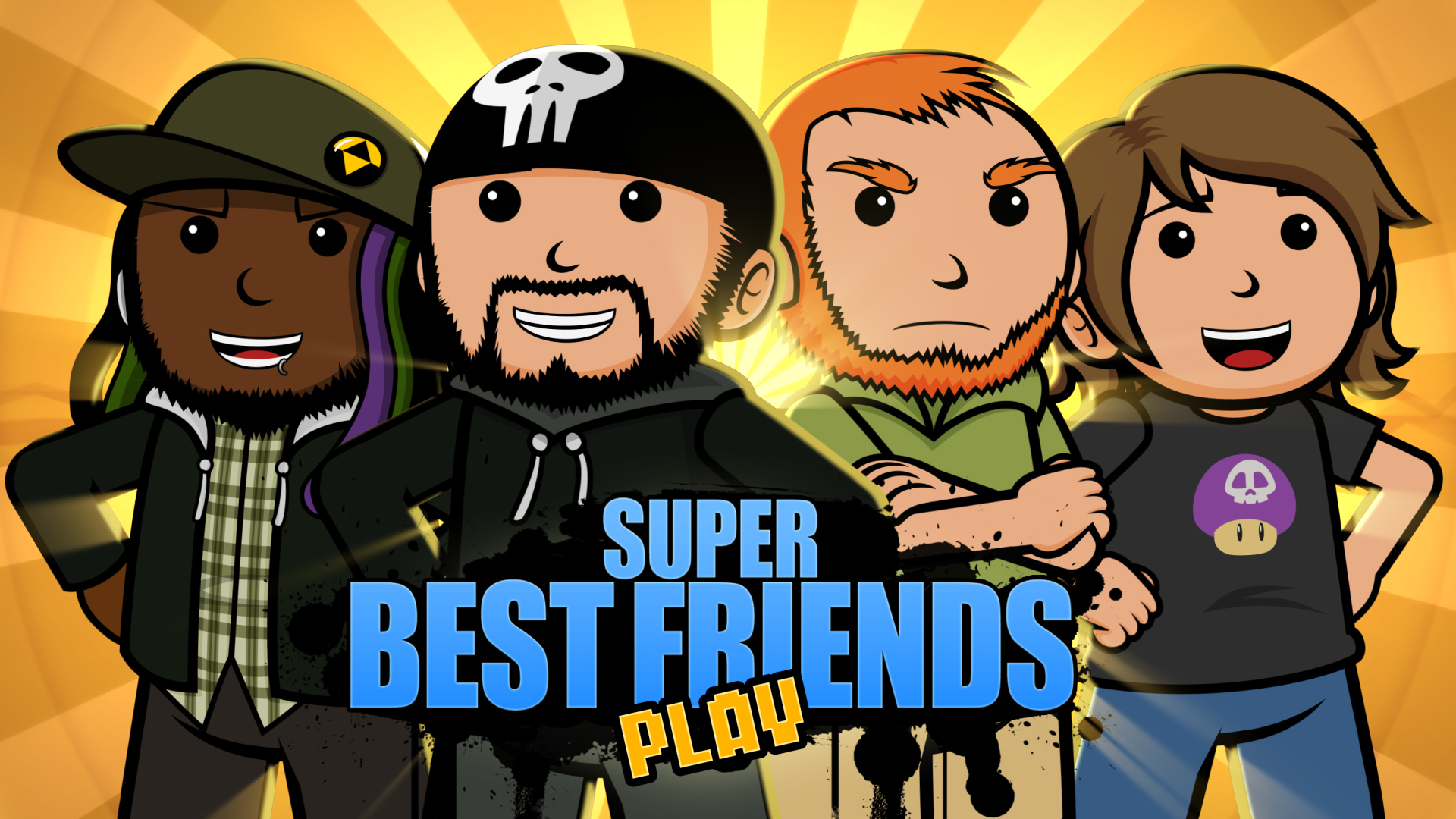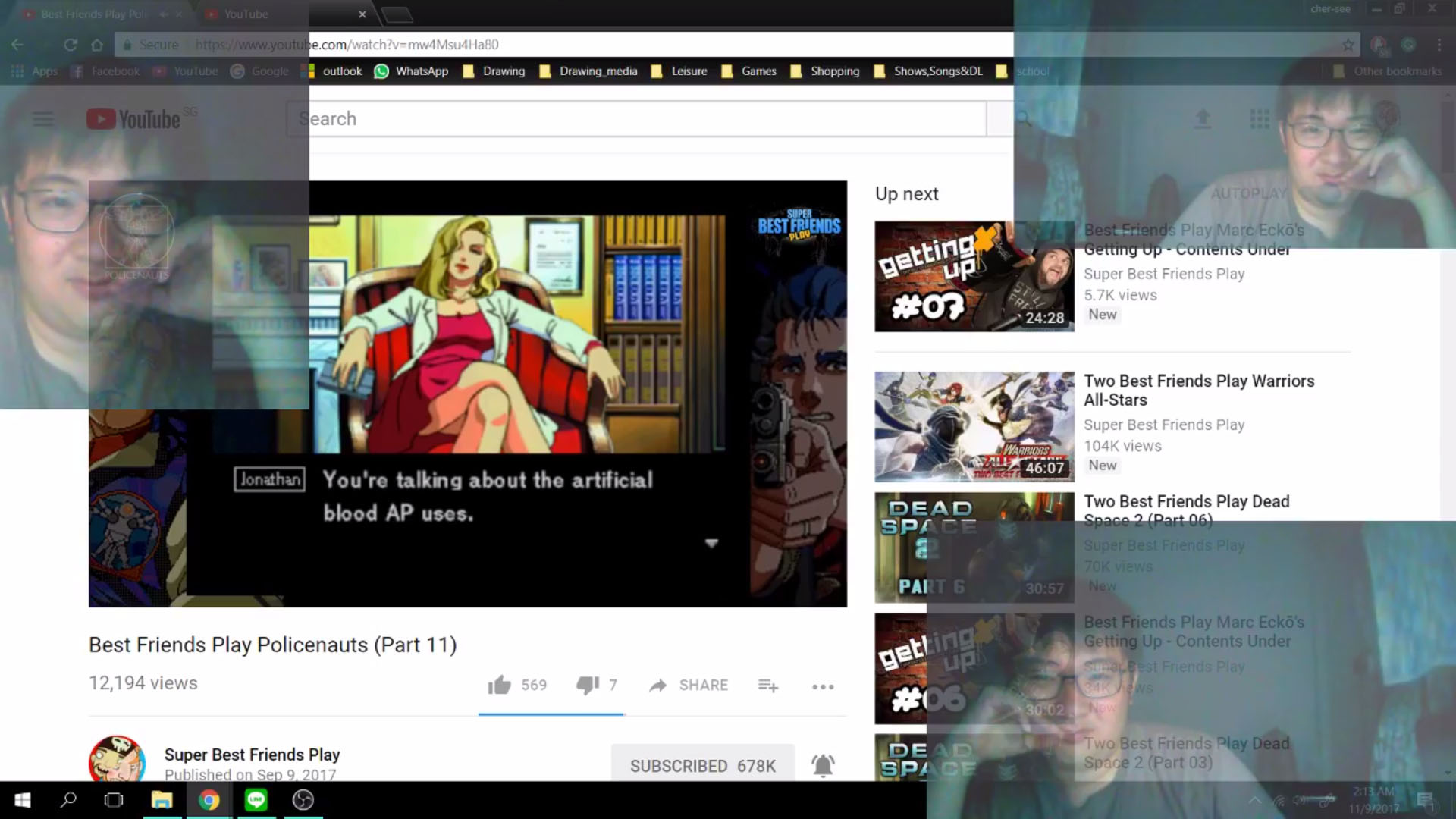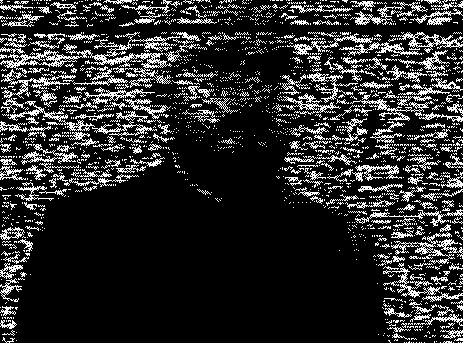https://www.facebook.com/goh.chersee/videos/10211911388914332/
I have always felt nervous when facing the public online. However, I felt more comfortable this time round as I have all the prior experience that I could fall back to. After researching Jon Cates’ work, Bold3RRR, I had a basic idea of the content that I wanted to broadcast, a simple video about how I entertain myself with the new type of content that I felt that have great potential to grow in the “third space”, the digital commentator of video games.

Digital Commentator, also known as “Let’s Play”, was about a player broadcasting the play session and share it with the world. The urban dictionary define “Let’s Play” as,
One or more people, usually from message boards, that record themselves playing video games through screenshots or captured video (Mostly the latter). This can be any game, from Doom to Zelda: Ocarina of Time.

I felt that more and more people are engaging in alternative media and entertainment such as “Let’s Play”. However, those who do not understand such entertainment who often question and ultimately dislike these type of new media. I personally find myself enjoying such videos and the interaction with the “entertainer”. This could also be used to compare with the Videofreex where the audiences were about to interact with the host in the “third space”. However, in this case the audiences would use the message board instead of the telephone.




